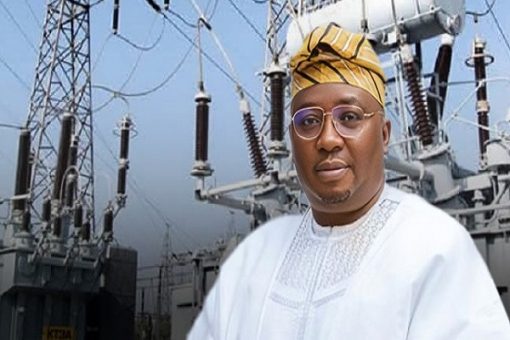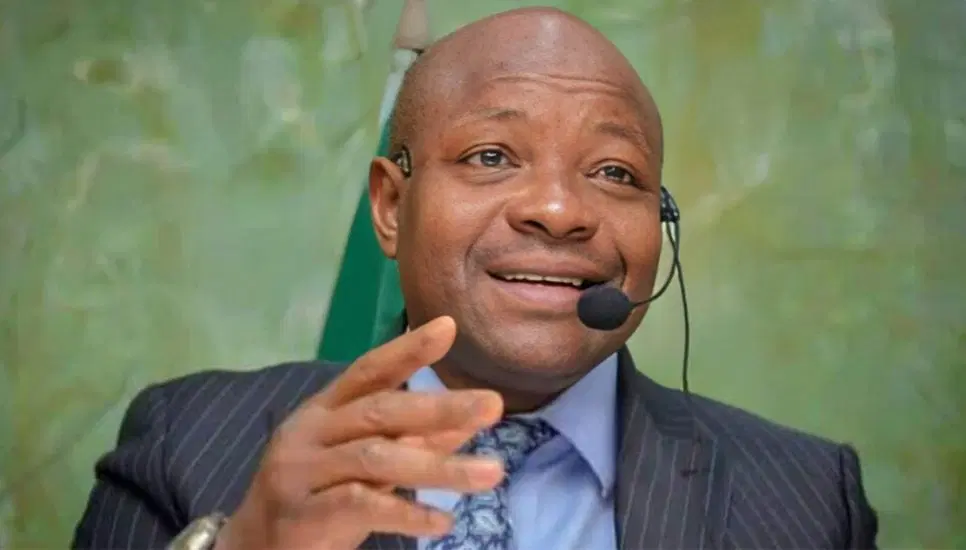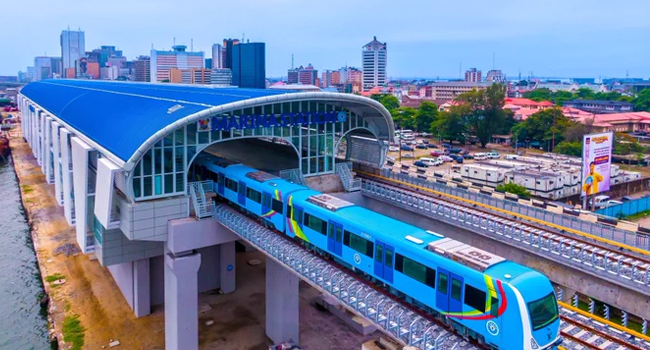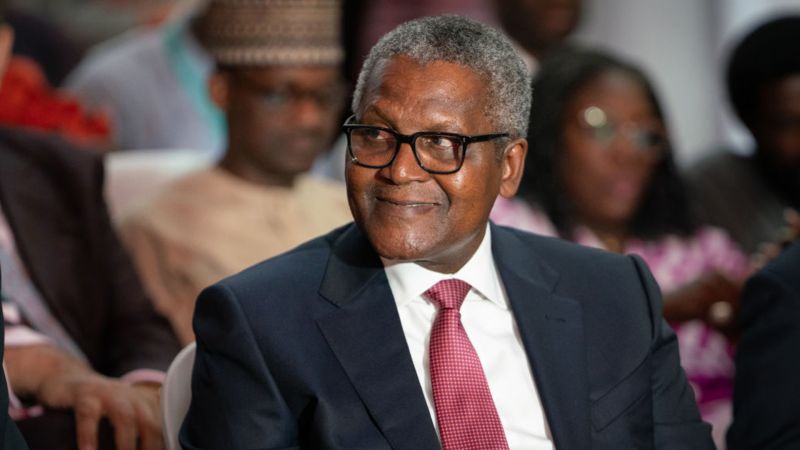In August 2024, Nigeria's Minister of Power, Adebayo Adelabu, expressed concern over the increasing number of industries opting to generate their own electricity rather than relying on the national grid. He noted that despite the grid achieving a record generation of 5,155 megawatts, many bulk electricity consumers have lost trust in its reliability due to past inconsistencies.
Consequently, these industries have invested in captive power plants, which are dedicated generation facilities solely for their operations. Adelabu emphasized that this approach is more costly, with captive power production averaging between ₦350 to ₦400 per kilowatt-hour for those connected to gas lines, and even higher for diesel and petrol sources. He urged industries to reconsider and reconnect to the national grid, highlighting ongoing efforts to enhance stability and build confidence in the grid's reliability.
Nigeria's national power grid has faced frequent collapses, leading to widespread blackouts in major cities such as Abuja, Lagos, and Kano. These failures are attributed to underinvestment, aging infrastructure, and sabotage. The country can only transmit about 4,000 of its potential 13,000 megawatts, which is insufficient for its population of over 200 million. In response, legislation introduced last year allows Nigerian states to generate and transmit power independently, aiming to reduce the burden on the national grid and attract investment into the power sector.
The Nigerian government is actively working to improve the power sector. Initiatives include plans to install 10 million meters over five years to address the metering gap and proposals for differential tariffs during off-peak periods to stimulate demand. The government also aims to achieve 6 gigawatts of power delivery by the end of December 2024 and is focused on Vision 30-30-30, targeting 30 gigawatts by 2030 with renewable energy constituting 30% of the mix.

.jpg)








